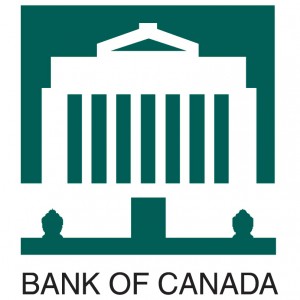Hidden, Uncommon Staging Tips to Sell Your Home Faster
The majority of home sellers understand the simple basics that need to be done in order to prepare you home for a showing – vacuuming, cleaning, cutting the lawn, fluffing the pillows, etc. But, there are numerous hidden, uncommon staging tips that can make your home a more desirable option for potential buyers – making it just a bit more attractive.
The Kitchen (One of the most important rooms people consider when buying home)
Simple Tip:
-
Clean the stove, sink, and countertops to become absolutely spotless
Hidden, Uncommon Tips:
-
Grind a lemon to eliminate any lingering odours to give it a fresh, inviting, natural scent to the room
-
Arrange the contents of your refrigerator and pantry to face forward for a more organized, tidy, visual appeal
The Bathrooms
Simple Tip:
-
Scrub the tub!
Hidden, Uncommon Tips:
-
The toilet lids are closed
-
Hang matching towel sets on the racks for a uniform look
The Bedrooms
Simple Tip:
-
Beds are made, pillows are fluffed!
Hidden, Uncommon Tips:
-
Make sure nothing is lying around on the floor or misplaced
-
A shirt draped neatly over a chair or shoes lined up against the wall can appear messy to some potential buyers
The Play Place (if you have children, tidiness of the toy room is important)
Simple Tip:
-
Tidy up the toys on the floor and put them away into bins and boxes
Hidden, Uncommon Tip:
-
Set the toys up to be “staged” instead of throwing them into a corner or into a box. For example, you can set up a train to displayed how you find it at the store. If you have race track, set up the cars to be ready to race.
Extra Hidden, Uncommon Tips:
-
Did you know house plants look their biggest and brightest approximately four hours after you water them?
-
Turn all the lights on – open and brighten the house up – this includes the fireplace and even that one above the stove!
-
Don’t forget the tunes! Throw on some easy listening tunes for the background. Remember to keep the volume low as the potential buyers shouldn’t have difficulty talking above the music.
These hidden, uncommon stagings tips will only take just a few minutes to execute – but it’s worth it. Studies show that a well-prepped home for viewings will help sell your home faster and at a higher price.


